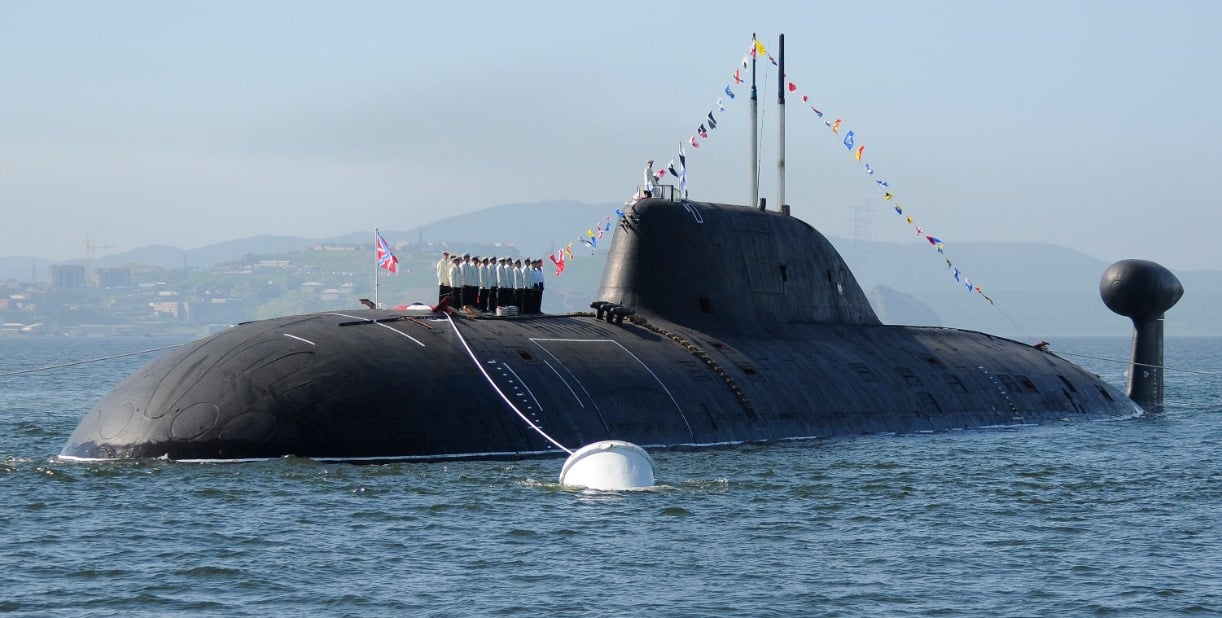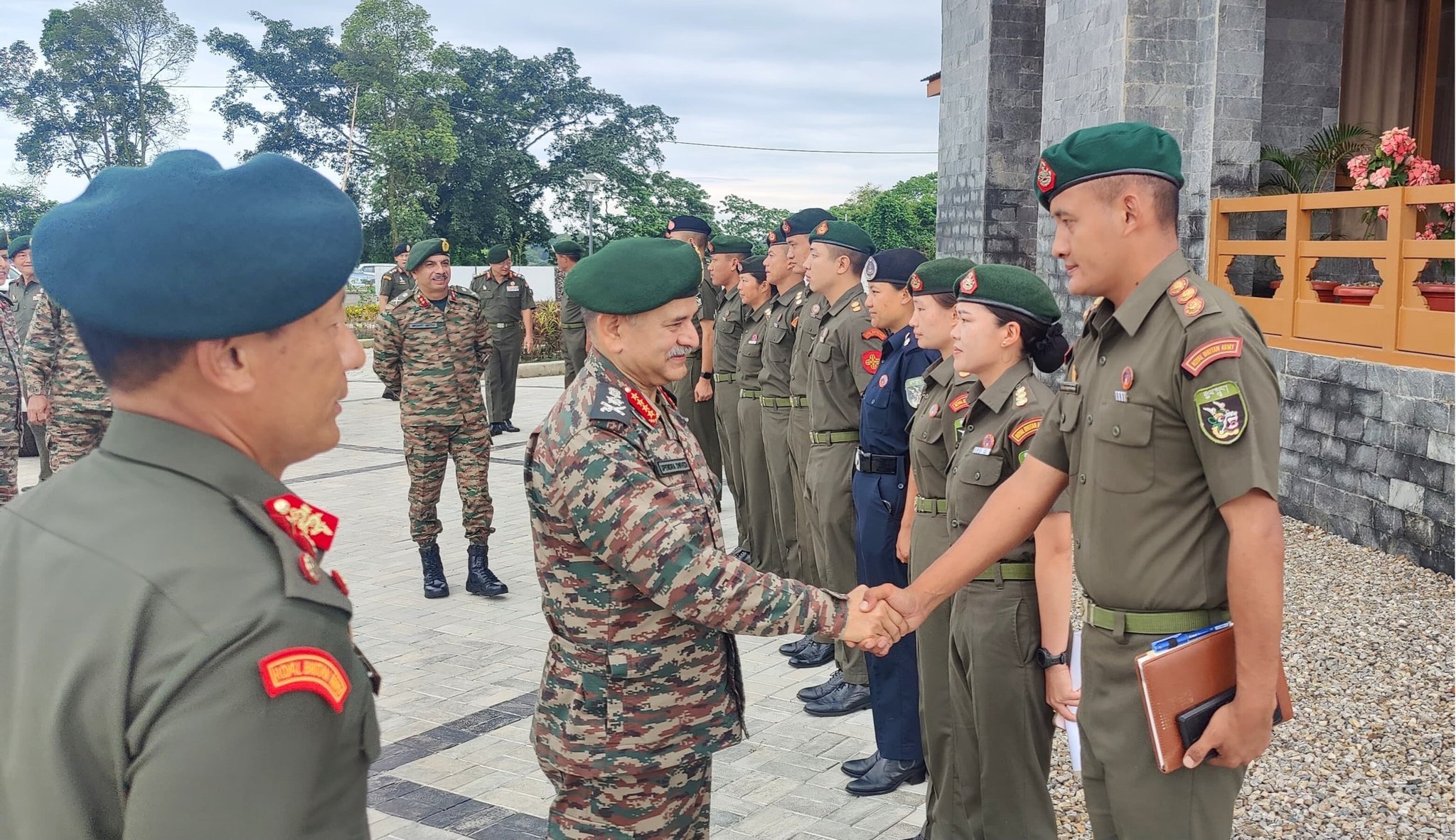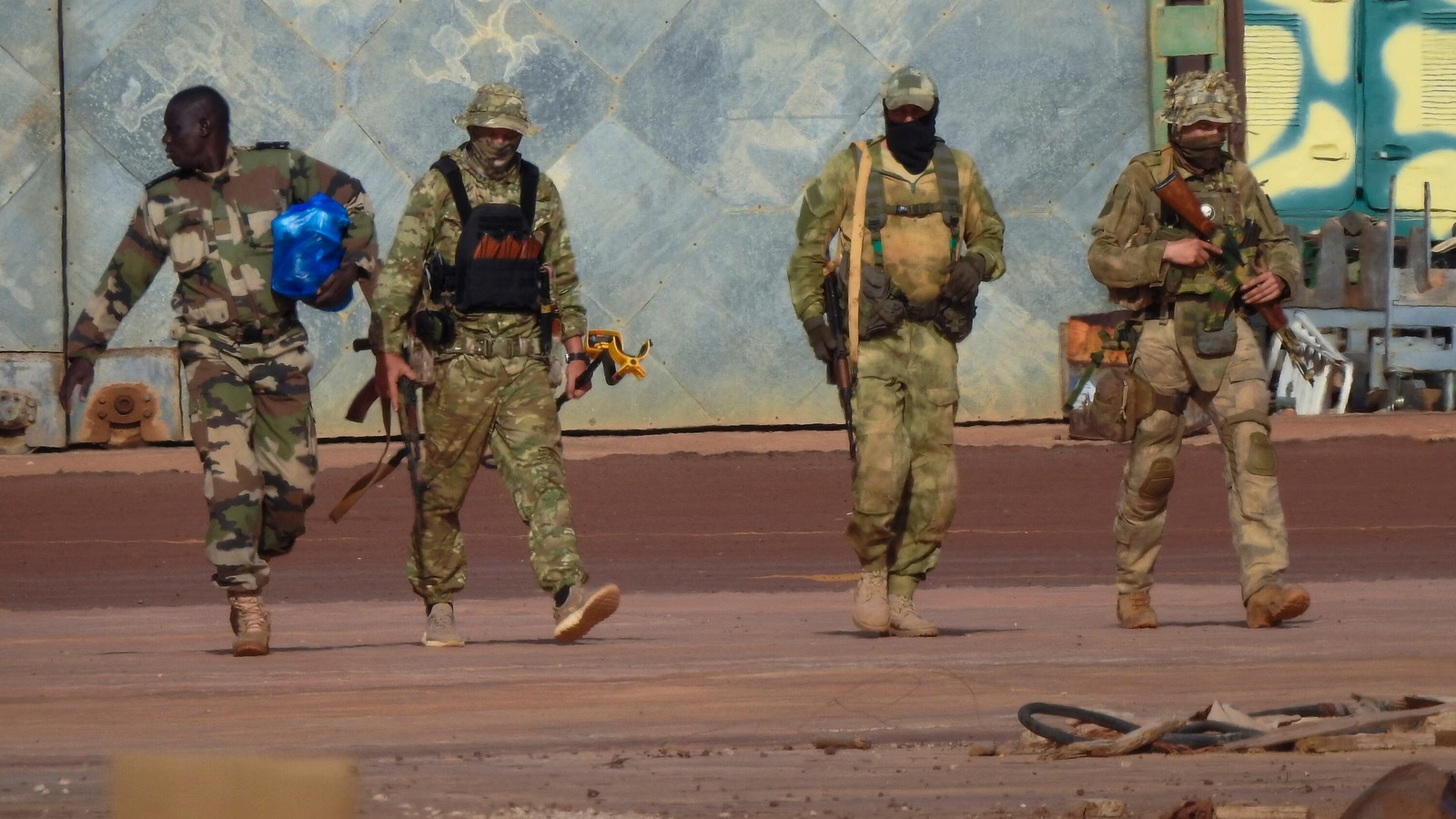India Urges U.S. to Fast-Track GE F404 Engine Deliveries for Tejas Fighter Jets
India’s Defence Minister Rajnath Singh has urged U.S. Secretary of Defense Pete Hegseth to expedite the delayed delivery of GE…
Russia to Supply India with Upgraded Akula-Class Submarine Armed with 1,500 km Kalibr Missiles
In a significant step toward enhancing India’s naval firepower, Russia is set to deliver a leased Akula-class nuclear-powered attack submarine…
General Upendra Dwivedi Visits Bhutan’s Gyalsung Academy, Backs Vision for Youth Empowerment
Chief of Army Staff General Upendra Dwivedi visited the Gyalsung Academy in Jamtsholing, a flagship national service training initiative launched…
Quad Slams Pahalgam Terror Attack, Raises Alarm Over China’s Indo-Pacific Moves
The Quadrilateral Security Dialogue (Quad), comprising India, the United States, Japan, and Australia, strongly condemned the April 2025 terror attack…
Al-Qaeda-Linked Group Claims Deadly Attack on Mali Army Near Senegal Border
An al-Qaeda-affiliated group, Jama'at Nusrat al-Islam wal-Muslimin (JNIM), has claimed responsibility for a coordinated attack on multiple Malian army positions,…
Lt Gen Pawan Chadha Visits Nashik Artillery Centre, Inaugurates Modern Rehab and Training Facilities
Lieutenant General Pawan Chadha, SM, VSM, General Officer Commanding Maharashtra and Gujarat Area, conducted a strategic visit to the Artillery…






